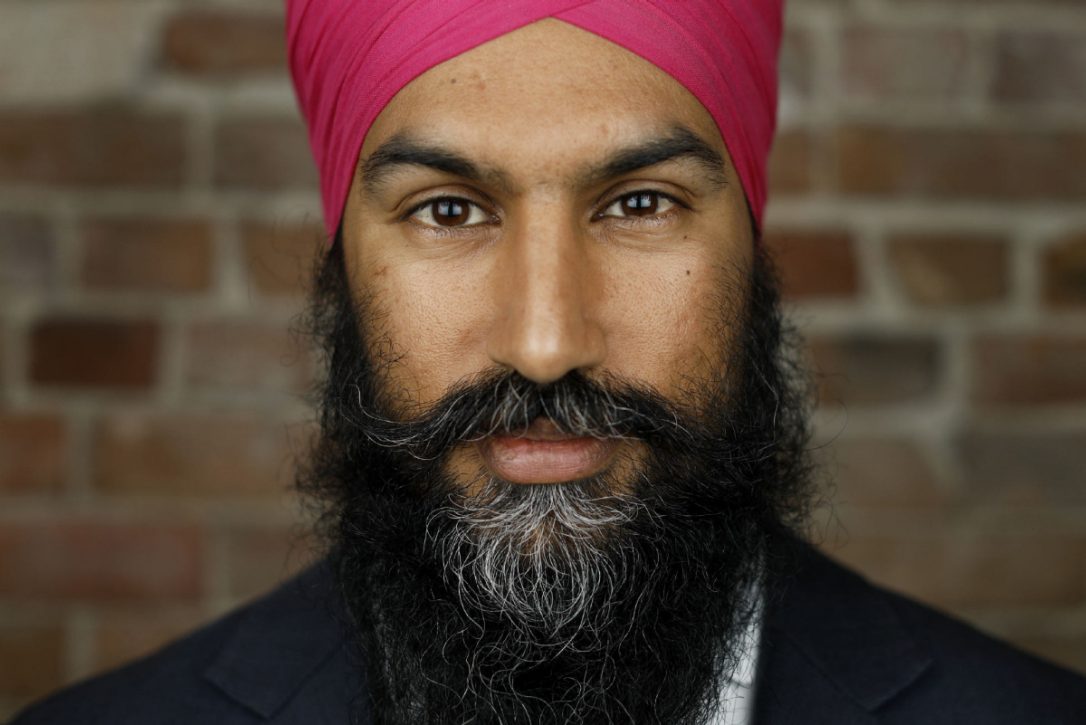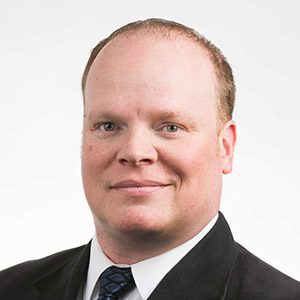After months of pre-campaigning, NDP Ontario Deputy Leader Jagmeet Singh finally joined the federal NDP leadership race last week. The field is now probably complete: Singh will face MPs Charlie Angus, Guy Caron, Peter Julian and Niki Ashton and probably former Veterans Ombudsman Pat Stogran, if the latter is successful in raising the funds and getting the signatures necessary to become an official candidate.
These conditions should be met easily by Jagmeet Singh, a charming and friendly person, highly popular in his riding of Bramalea-Gore-Malton and in Toronto's trendy circles. He has an impressive and diverse following on social media, built on youth and diversity. He proudly claims his Sikh culture, wearing turban and kirpan.
Singh is a bit of a mainstream media darling, especially with the Toronto Star. His team has used that to his advantage, generating interesting coverage with countless pieces speculating about his potential candidacy, while other stories showcased his personal style and his tailored suits, giving an NDP twist to Justin Trudeau's "cool & hip" formula .
His charisma is undeniable. His launch was colorful. He was supported by an enthusiastic crowd, electrified by his speech, maybe even by his mere presence. However, he chose to make this long-awaited launch in his backyard, at the Bombay Palace in Brampton. He would have sent a better signal of his growth potential by launching his campaign in Montreal, Vancouver or even downtown Toronto, as Charlie Angus did during a rock concert.
For now, the question remains: can Jagmeet Singh translate his home-base popularity elsewhere in the country? Can his charisma work in Quebec, for instance?
The guy is good communicator and his french is good enough. His first message to Quebecers? He, too, comes from a minority and, as such, affirms that he can understand Quebecers' concerns. It's a start.
Singh's Quebec team relies on Willy Blomme, a director at the Broadbent Institute, and Mylène Freeman, a defeated NDP MP for the riding of Argenteuil-Papineau-Mirabel. For the time being, no member of the NDP's Quebec caucus is with Singh.
This is however also the case for the other candidates, with the notable exception of Peter Julian. The former NDP House Leader is supported by five Quebec MPs, including two heavyweights: Mulcair's Quebec Lieutenant Alexandre Boulerice and Quebec caucus Chair Robert Aubin. In other words, excluding candidate Guy Caron and the current Leader, Thomas Mulcair, there are nine Quebec MPs up for grab. Convincing them to join his campaign might be a challenging task, as several MPs, still bruised by the impact of the niqab on the NDP's Quebec campaign in 2015, are very skeptical at the arrival of a leader wearing ostentatious religious symbols.
Are Singh and his team ready to face the painfully predictable questions about his Sikh faith and its impact on his policies, or on a possible NDP government? Anyone who knows Quebec's history and its commitment to secularism, arising from the "Grande Noirceur", also understands the complexity of the issue. And knows, at the same time, the dangers arising from the explosive and harmful mixture created too often by political discourses intended to stir up xenophobia by appealing to the identity reflex not to mention the virulence of some strident media.
It should be pointed out, however, that nobody seemed to care when Stephen Harper was using his "God Bless Canada" to conclude his campaign speeches. And the crucifix still stands in the Salon Bleu of the National Assembly. Obviously, "other" religions are often more visible…
In English Canada, however, the reflex is too often to emphasize some intolerant, even racist, slippage and to ignore a fundamental fact: more than three-quarters of Quebecers firmly believe that a person in a position of authority should not wear religious symbols. Two-thirds believe that a ban on religious symbols should actually apply to all workers in the public sector. In the rest of Canada, the proportion is lower in both cases. But it is not exactly the opposite, notwithstanding what the famous Laurentian elite would like to suggest.
When the Parti Québécois unveiled its so-called Charter of Values and then called an election, too many analysts and strategists from English Canada made the simplistic calculation that the Charter was the reason for the defeat of the PQ at the hands of Philippe Couillard's PLQ . The same people very often are quick to declare that Justin Trudeau's victory clearly demonstrates that the niqab was not a factor in the election, since the Liberal leader won, even though he had essentially the same position as Thomas Mulcair.
But nothing is farther from the truth. At the provincial level, the pro-charter vote was divided between the PQ and the CAQ while the Liberals were gathering all anti-Charter votes. Couillard's party also benefited greatly from Pierre-Karl Péladeau's raised fist and his call for a referendum. At the federal level, the Conservative Party and the Bloc Québécois were shooting bullets relentlessly at the NDP about the niqab, ignoring the Liberal Party that was trailing behind at the time. When the turmoil dissipated, the NDP had lost too much support and Justin Trudeau had become the de facto pan-Canadian alternative to replace Stephen Harper, the real driving force of that election.
If he wants to become prime minister, Jagmeet Singh will have to propose a solution to this complex problem. Because Quebec is essential if the NDP is to aspire to government, just as it was for Jack Layton to become leader of the official opposition in Ottawa. There is no other path for the NDP, and the goal of forming government must remain at the heart of the vision of a serious and modern party.
Although Stephen Harper proved otherwise, winning three elections without major support from Quebecers, star candidate Kevin O'Leary preferred to withdraw in favour of Maxime Bernier when he came to the conclusion that he would not be in a position to advance the Conservative Party in Quebec. O'Leary, like Singh, was not well known in Quebec. And if Maxime Bernier's momentum materializes, Jagmeet Singh will face three federal leaders from Quebec in the next election. This is a significant additional hurdle for the Queen's Park MPP.
The NDP leadership race should now shift into third gear, just before going on cruise control for the summer. Singh's opponents are a step ahead and have the advantage of having a good knowledge of the federal scene. For now, Charlie Angus seems to have the momentum: he has accumulated twice as much money as the other three official candidates. Angus, a punk rocker with big heart, is therefore in good position to become the main opponent to the newcomer. He could try to channel a counter-opposition movement in the face of the undeniable enthusiasm generated by Singh's candidacy among some New Democrats.
The kind of enthusiasm that can generate waves. But that, in the end, can also lead to backwashes.
Photo Credit: Toronto Star






